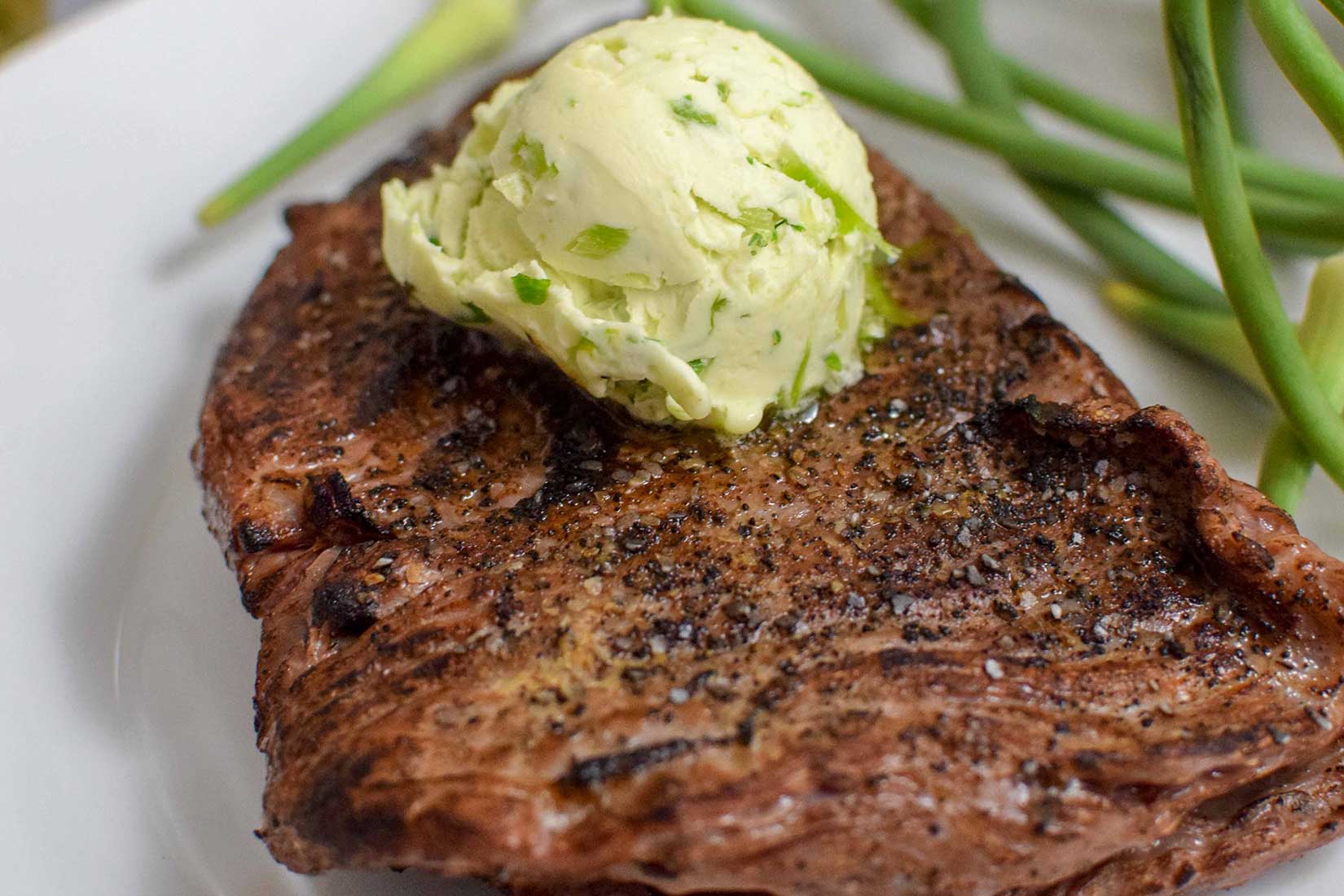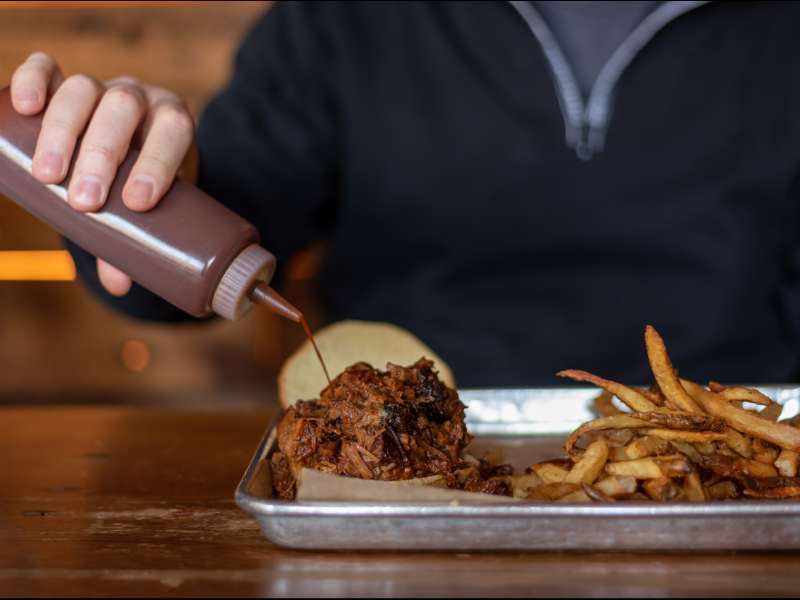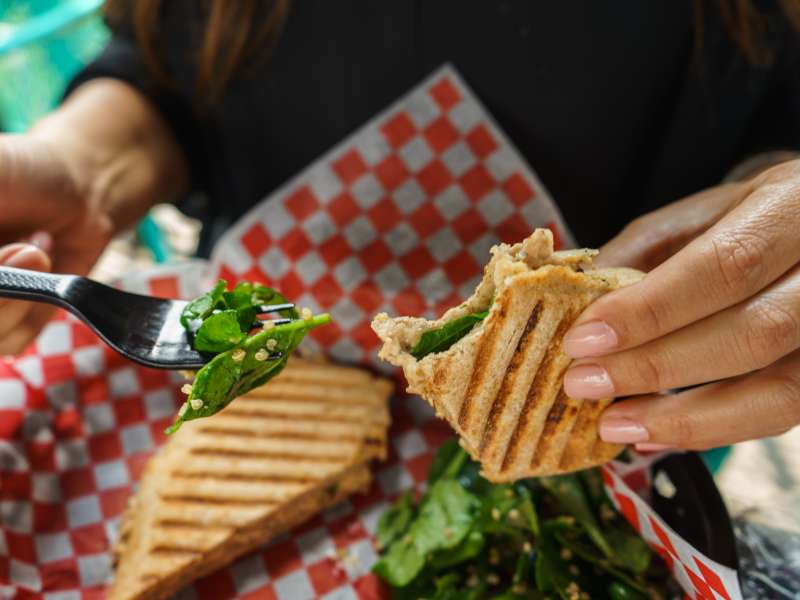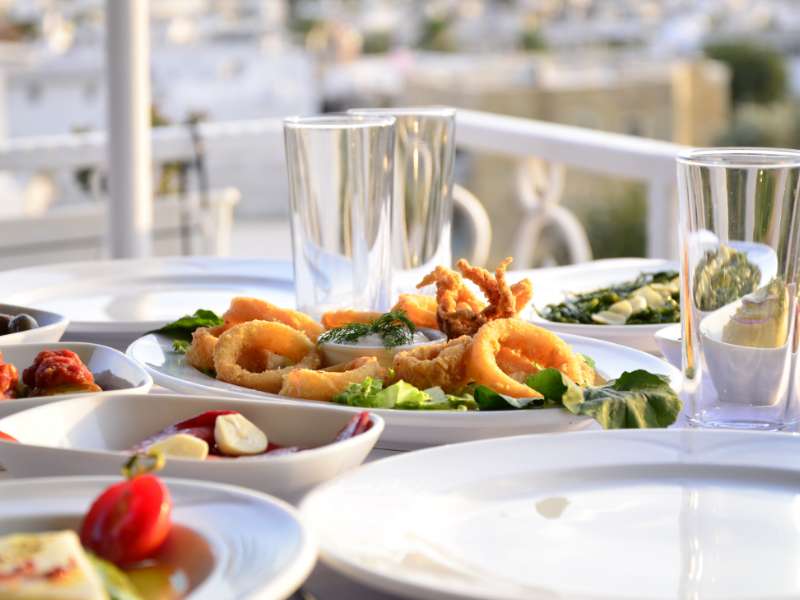The five mother sauces - Béchamel, Velouté, Espagnole, Sauce Tomat, Hollandaise. The basis for French cooking that has influenced international cuisine for generations. Learn these, as nearly every chef does very early in their career, and you have a skill that will allow you to imitate or pioneer most any dish. Once the base was made, one could modify or enhance any of them to fit the dish they were intended for.
Be it a thyme infused Béchamel for the perfect mac-n-cheese or spicing up your eggs with a Sriracha Hollandaise, these were the sauces that set apart the truly great dishes from the might have beens. Or at least they used to be. Sure, there is still a place for many of them, like the aforementioned mac-n-cheese and with your brunch Benedict, but rely on them too much these days and people will refer to your menu as dated and perhaps a bit heavy. The 80s were not kind to the mother sauces, short cuts and shelf stable mixes short circuited what made these sauces classic. A roux, the first step for many of these sauces, is a great way to thicken and as a medium to capture the flavor while a quickly dumped scoop of uncooked flour leads to lumps and sadness. Tastes have also changed. People like cleaner, more natural flavors, not to mention it being a bit of a shame to smother a high quality piece of fish or meat with a heavy sauce.
The problem with all this, while some proteins can be served plain, most need a little something to elevate the taste - a little fat to add sumptuousness along with some fresh herbs and spices to celebrate and complement the quality of the protein. Fortunately there is a simple solution, compound butter - more formally called a Maitre d'Hotel Butter. Endlessly adaptable, a simple pat or two will impart all the fat and flavor you’re looking for without burying the dish.
Making a Compound Butter is Simple
Softened butter with a little liquid and whatever flavor bombs you want to add, then roll in plastic and chill. Say you have a gorgeous prime cut of steak - grilled perfectly and ready to go. Instead of a heavy béarnaise or bordelaise, you could just add a pat of tarragon compound butter - shallots and garlic softened in olive oil then finished with a touch of dry sherry, take off the heat and mix in freshly chopped tarragon then whip into the softened butter, salt and pepper to taste (fresh cracked white pepper might be a more pleasant, subtle addition), roll into a log then chill until ready to use.
 Don’t like tarragon? Try chopped chives with a shot or two of Worcestershire sauce or maybe some thyme with a squeeze of lemon. Yes, you could make truffle butter, but please use real truffle. Truffle oils and essences are little more than perfume, and often taste more chemical than fungus. The thing to remember, for most compound butters, garlic and shallots are a great starting point. Once you’ve created your butter, it can be used on most anything. Steaks, fish, chicken, even pork will work.
Don’t like tarragon? Try chopped chives with a shot or two of Worcestershire sauce or maybe some thyme with a squeeze of lemon. Yes, you could make truffle butter, but please use real truffle. Truffle oils and essences are little more than perfume, and often taste more chemical than fungus. The thing to remember, for most compound butters, garlic and shallots are a great starting point. Once you’ve created your butter, it can be used on most anything. Steaks, fish, chicken, even pork will work.
A Compound Butter Can Also be Used With Pasta.
A cheese or mushroom tortellini could be tossed with the tarragon or chive compound butters to add just enough flavor but still allowing the fillings to shine through. Perhaps you’re making seafood ravioli, why not top it with a little lobster roe compound butter? Literally just lobster roe and butter, the compound performs a bit of culinary magic as it warms up, turning from a rather unappetizing olive green to a sublime pale pink coral color. You needn’t limit yourself to lobster roe, salmon or trout roe can also work to create different flavors and colors.
As a matter of fact, you can even infuse the butter with seafood to create all manner of compound. Finely minced cooked shrimp? Sure! Chopped anchovies? Of course! Scallops or sea urchin can work as well. Even a few drops of concentrated seafood stock, distilled from the shells of crabs and lobster, could be the perfect delicate topping for a fillet of sole or turbot.
Sweeten Things up
Your compound butters don’t always need to be savory either, they can be sweet - a little honey and some poppy seeds, or perhaps a hint of lavender. Suddenly you’ve got the butter for the artisanal biscuits or cast iron rolls your baker has been wanting to add as a starter.
Besides appealing to modern tastes and cooking styles, compound butter offers more advantages over fussy sauces. It saves you time and money. A compound butter can be made then refrigerated until needed (seafood butters should be frozen). Sauces rarely last more than one night leading to waste and needing to be made fresh every day, sometimes remade in the middle of a rush if they break or go wonky in some way. A compound butter can last for several days - if it isn’t used up first. No more copper pans, tediously tended until they are just perfect, simply slice off a pat and you’re good to go. The perfect shortcut that won’t leave your diners feeling shorted.



